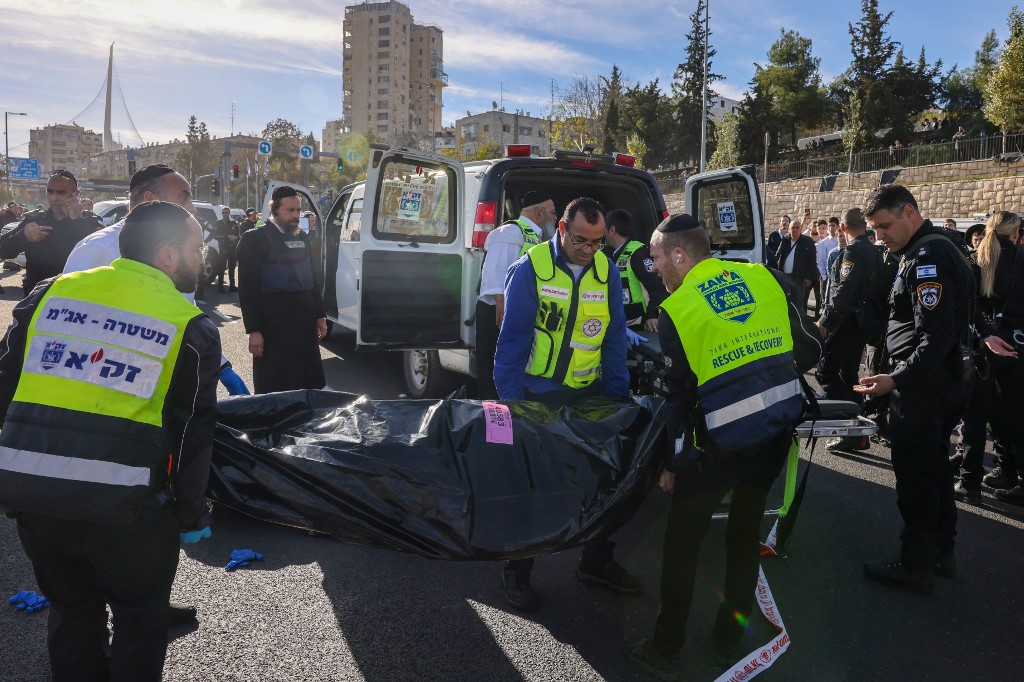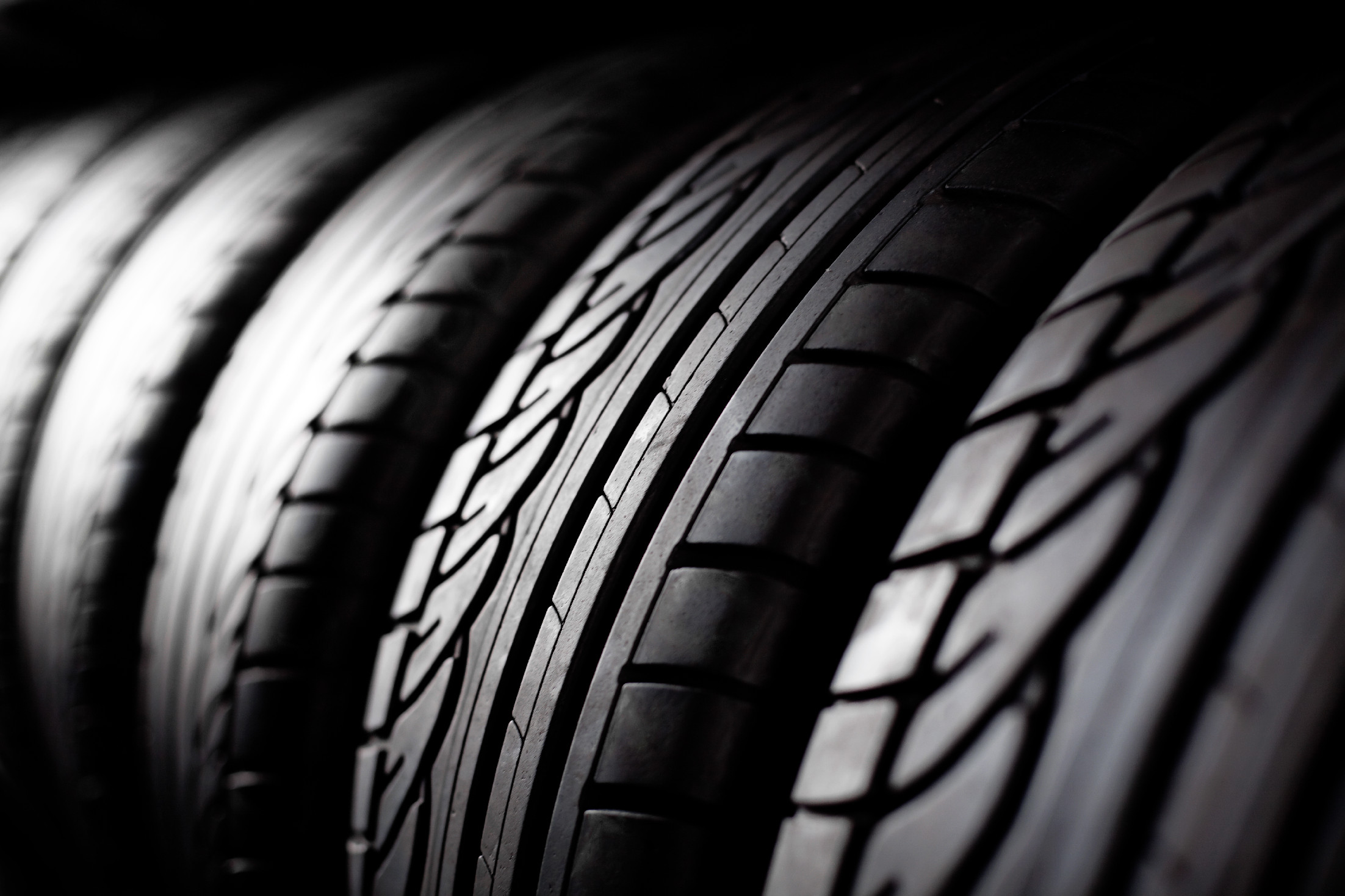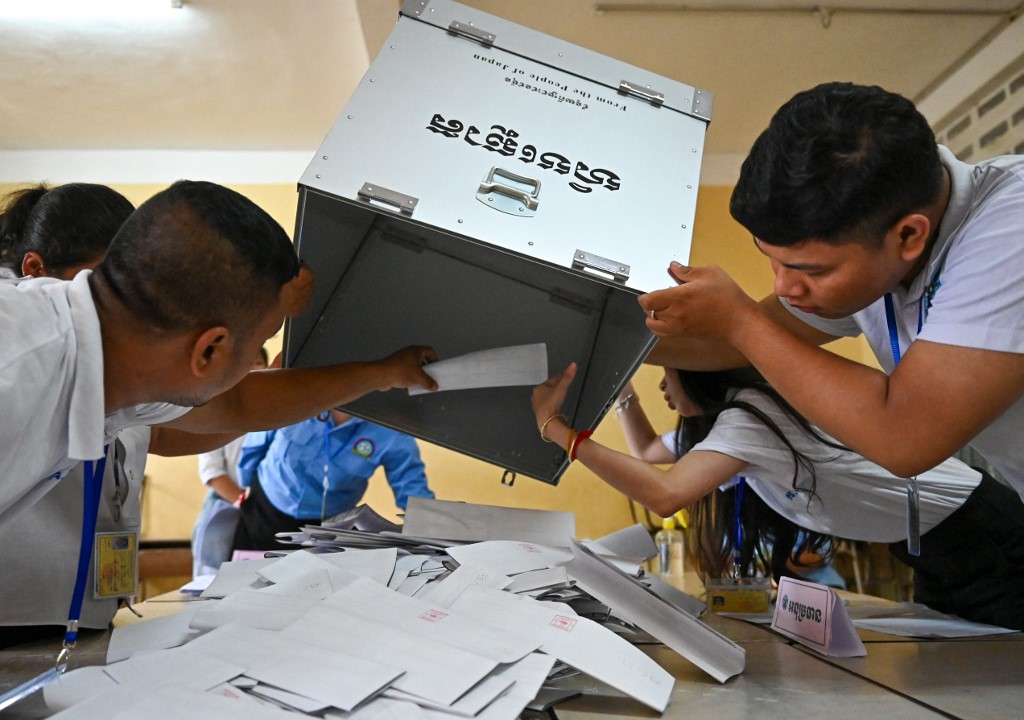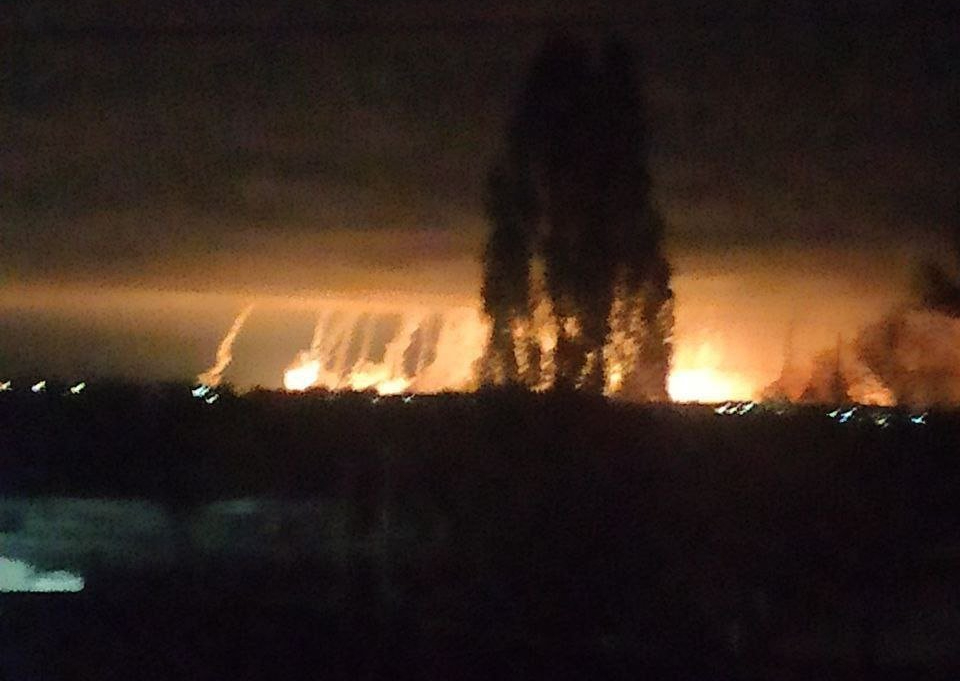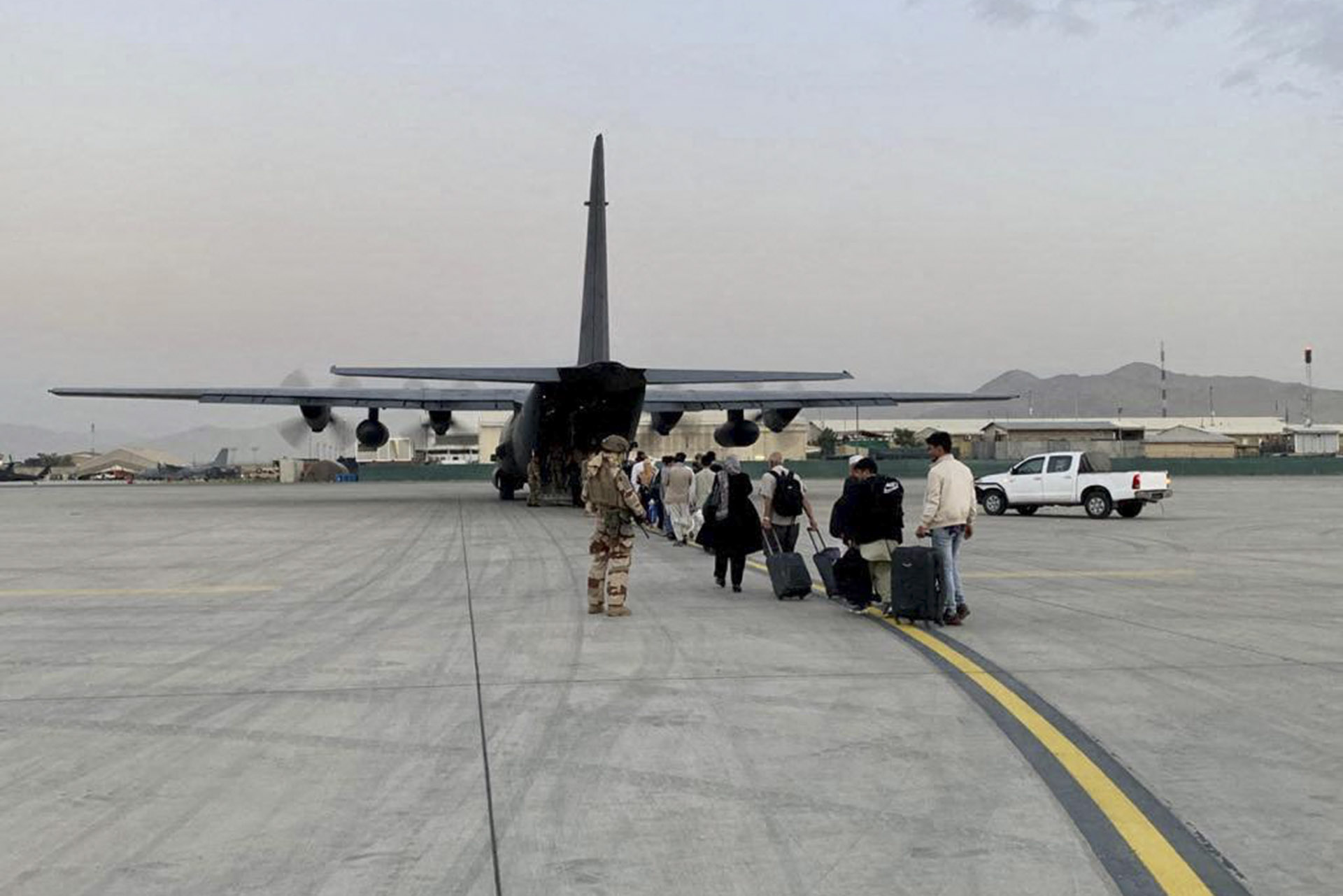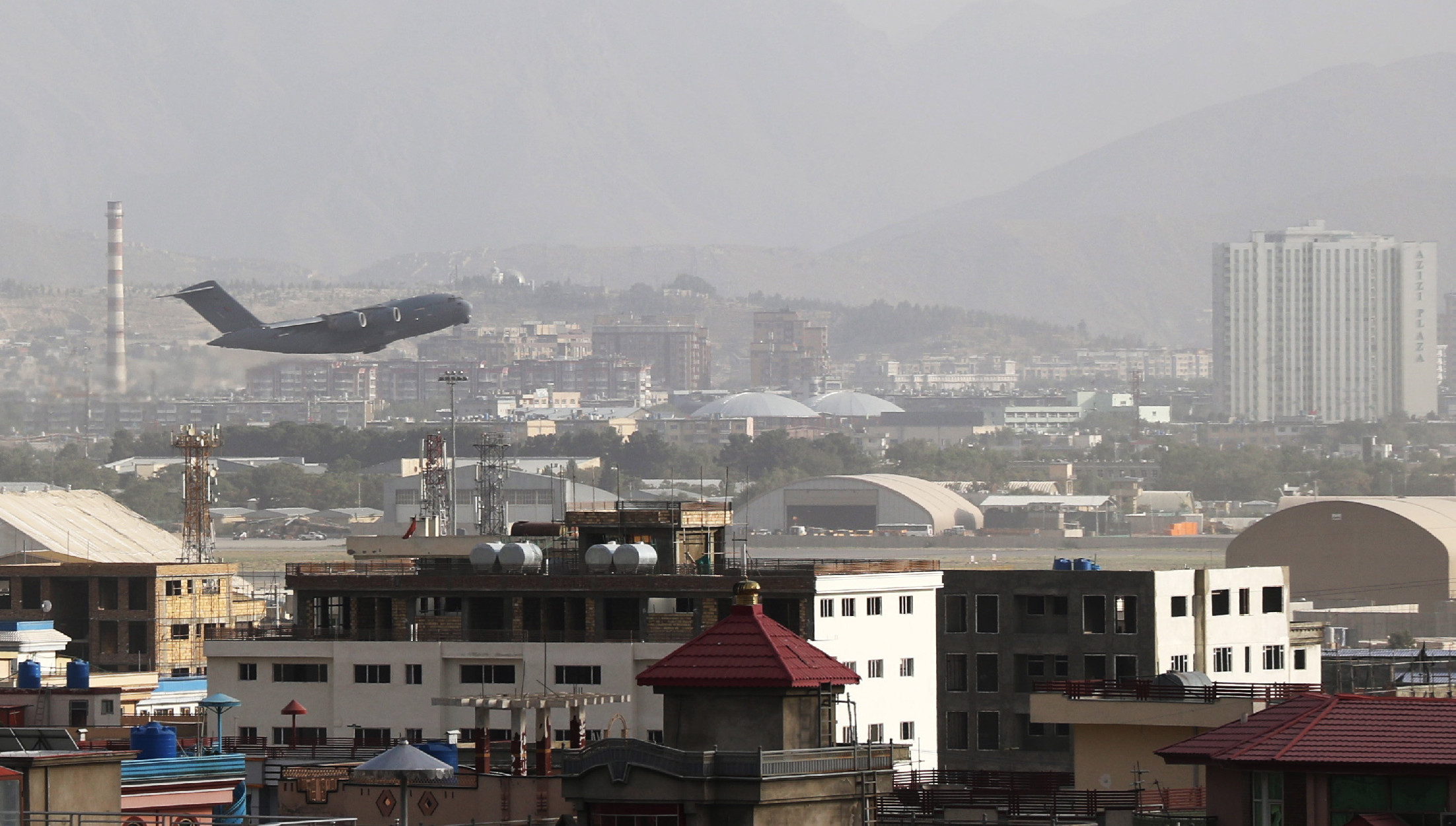The gamers of the European borders – How the refugee trap works between Eastern and Western Europe
Devoted hikers on a routine walk. They can be often seen at the Romanian, Serbian and Croatian border zone nowadays. People walking alongside the roads with small backpacks, not too flashy belongings. People sitting and chatting in the forests, as if they belong to a large picnic company. Their voice is not too loud, and they themselves are not too visible. They just act like people who do not want to disturb the peace of mother nature. The silent members of these outdoor parties are not hikers, these Eastern European border zones are not tourist areas, and the peace that can be observed here is just an illusion.
These areas are the “well-guarded” inner European borders, where the “flood of migrants” (as the local press often marks the arrivals of refugees and migrants) has been stopped by fences, armed forces, special units and patrols, accompanied by dogs in the last one, one-and-a-half year. The travellers are the “players” of the “jungle”. The same expression is used in migrant slang to describe a crossing area, like Calais.
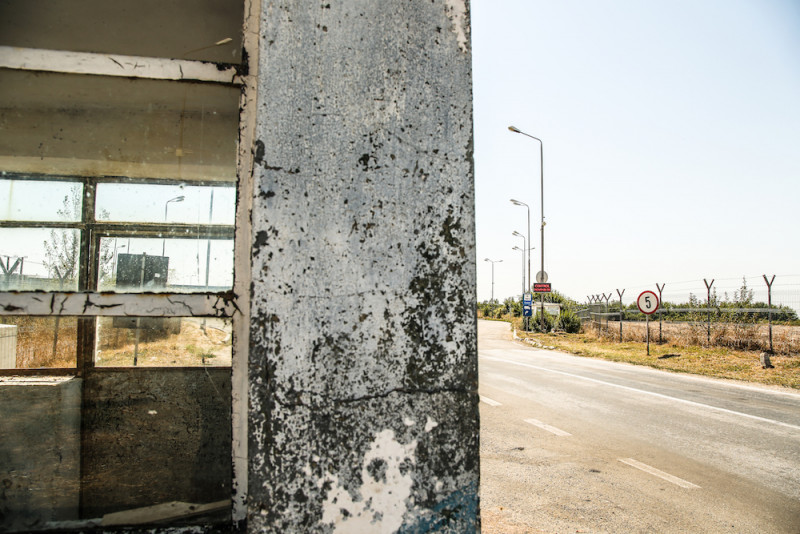
“Jungle” is a very appropriate word: nobody knows what is hiding here, behind the trees, among the vegetation. There can be traps or just small, well-trodden paths towards the so-wanted other side. The lucky and richer ones (who are paying more to the smugglers) get through even the heavily guarded areas. The unlucky or the poorer fail.
There is no guaranteed result in these situations: a real game is played here with winners and losers, at a very high, existential risk. The number of losers is higher at the Croatian–Hungarian border. Many cases of beaten, abused refugees were reported in last couple of years by the Croatian authorities. The double fence built at the Serbian–Hungarian border is almost impenetrable. Those who fail to cross, are going to try it again and again. The game of borders has become an endless struggle these months on the Balkan routes.
The Serbian refugee camps are overcrowded, the conditions are very challenging. We visited Obrenovac camp in May 2017: they lack even the most minimal hygienic conditions, such as clean drinking water. There are about thirty to forty people sleeping in one room. Three or four malfunctioning toilets are provided for hundreds of people. There is no privacy, not even in the bathrooms: the toilets are lacking doors, they are covered with rags, the urine reaches the ankles, secretion everywhere, the chlorine smell is suffocating.
Besides all these conditions there are permanent ethnic and other types of group conflicts within the unorganized crowd. Afghans against Syrians, Nigerians, Pakistanis against Kurds. Stolen phones and shoes, daily struggle for existence in extremely stressful conditions. This is how the Obrenovac refugee camp functions (from where a large number of players are regularly starting their insecure journey towards the borders). Unfortunately, Orbrenovac is not an exception on the Balkan route. All sorts of legal and illegal refugee shelters can be easily found from Greece to Serbia. But Austria, Germany, the Western European countries and the United Kingdom seem to be more accessible from here. Two or three borders are left to cross, and a safer country can be reached.
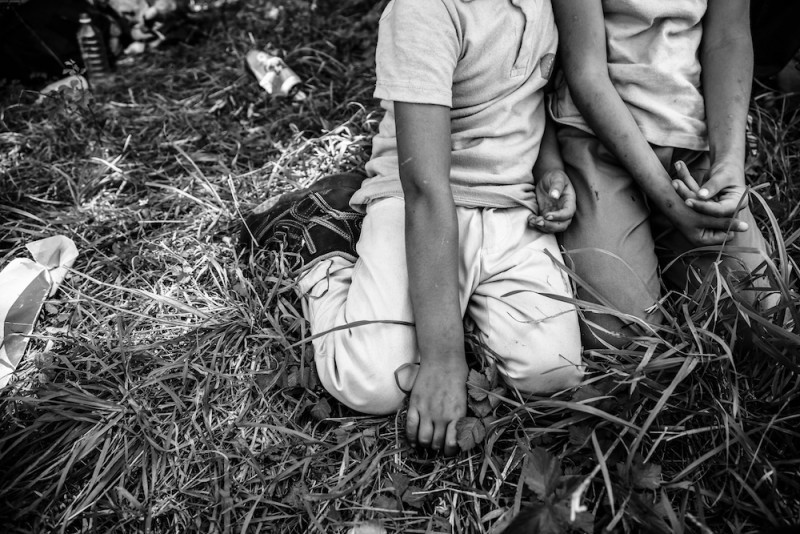
A new section/segment? of the smuggler route has started here. The closing of borders has changed the conditions. Those who are stuck behind the closed borders are forced to leave. Serbia is not an EU Member State, the protection procedures of asylum seekers in the country are slow. According to the Serbian Center for protection and assistance for asylum seekers in 2017 only 158 people have applied for asylum, and only one person was granted asylum. According to the UNHCR, in 18 Serbian refugee centres there are 7600 people at the moment.
As a result of closing the borders new circumstances have arised, and with them, new actors have showed up in human trafficking networks, with the prices increasing enormously. As an Afghan refugee – who reached the UK as an unaccompanied minor ten years ago – pointed out: the price of an inner-European journey from Eastern to Western Europe or to the United Kingdom can be approximately as much as it was ten years ago from Afghanistan to Europe. 3000 euros only from Serbia to Austria through Croatia, 500 euros from Romania to Hungary: this is how the prices of the road sections/segments? vary.
An alternative route is becoming more and more frequented in the recent period: the number of arrivals is increasing in Romania, ever since the Hungarian and Croatian governments enforced their border defence. This non-Schengen zone EU Member State has a very special role in this European crisis. It is not on the main refugee route due to geographical and strategic reasons. The border crossing through the Black Sea is much more dangerous as it is through the Mediterranean area. Bulgaria – non-Schengen country as well – was the first country to build a fence on the border in the Eastern region. Thus, Romania, nexyt to Bulgaria and the Black Sea, is, in a way, a remote area. An influx coming from Serbia has been avoided until now, Romania being a blind route as a neighbour of Hungary (known for its government’s anti-migrant policy), Ukraine, Bulgaria and Moldova. But now, with the alternatives running out, the importance of this EU Member State is growing.
Romania is an exception in the Eastern and Central European region for several reasons. Although there are also emerging anti-migrant and anti-refugee movements, the government’s position is not only based on rejection. Romania has expressed its wish to participate in the refugee relocation process (unlike Hungary, Poland or the Czech Republic).
This year 3500 refugees are going to be relocated to Romania, according to the decision of the European Commission. Until now, 42 people have arrived from Greece, and 589 from Italy. The Romanian diaspora in the European Union and in the United Kingdom represents a vulnerable group as well, the uprising xenophobia in Europe may affect the Romanian citizens, too. So the acceptance and flexibility in migrant and refugee issues is more accentuated here. Last but not least, it is an EU Member State, so the opportunities here seem to be more promising than in Serbia, for example.
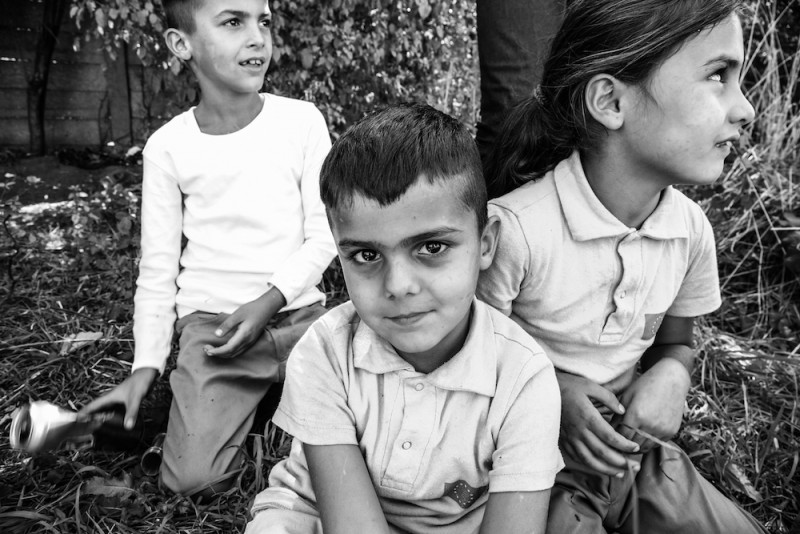
More and more refugees and migrants are recognizing the Romanian alternative, the number of arrivals is increasing, but it is still not as high as it is in neighbouring countries. According to the Romanian border police, 1600 people have arrived last year, which is 20 percent more than the previous year.
These trends point out that not just the refugee routes are changing, but the Eastern and Western European cooperation on migrant and refugee crisis needs to be rethought. The changes of European human trafficking systems seem to be connected in a way with the European migrant policies, with the pushbacks and deportations, with the European mobility and all these processes can be followed by looking at the Romanian–Central and Western European–British axis.
In early spring of 2017, a 28-year-old Pakistani migrant decided to leave Serbia for Romania. This was his second attempt to leave the country where he was living for 9 months. His first try targeted Hungary in the autumn of 2016, but it was unsuccessful. Q – as many of the asylum seekers – risks a lot. His family was attacked in Pakistan in 2013 by the radical members of Tehreek-e-insaf party. Q. was severely injured, and his 26-yea-old brother was killed. His father, mother and younger sister were left behind, and their lives are under permanent threat since 2013. Q. left Pakistan in 2015, spent 11 months in Turkey, 3 months in Greece and 9 months in Serbia. He arrived to Romania with the hope of getting asylum protection.
He was transferred from Timisoara (a town in the Western part of Romania, close to Serbia) to Giurgiu (border town in the Southern part of Romania, at the Bulgarian border) right after he entered Romania. He had his first interview for identification and verification two days after that. There were better conditions at this refugee centre than in Serbia: more privacy, acceptable sanitation, quick procedure. It looked like the Romanian authorities had been working really efficiently until May, when the asylum application of Q. was refused on the grounds that it was unfounded.
A new interrogation session started, this time in a less flexible way. Official notifications have been lost or undelivered, documents remained untranslated. The refugee centre became more and more a hostile environment. “Pakistanis are not welcome here. You will never get asylum in Romania” – such intimidating sentences were often heard from the security guards and by the manager of the refugee centre, Q. claims. In order to check the facts, we asked for access to the Giurgiu refugee centre in June. The competent authorities didn’t reply to our request for three months.
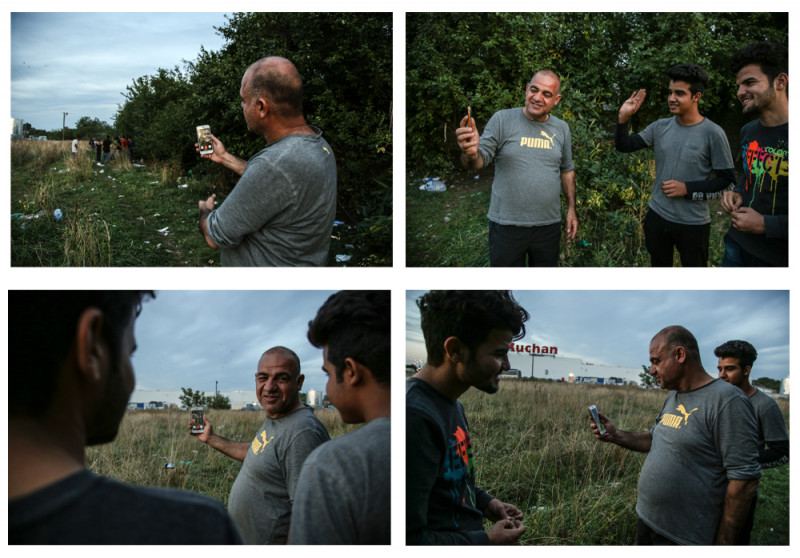
In June, another unexpected event happened. A Syrian and three Pakistani deportees were sent back from the United Kingdom to Romania. They were detained at immigration detention centres in Arad (Western part of Romania, close to Hungary and Serbia) and Otopeni (a town near the Romanian capital, Bucharest). Rumours were heard among refugee communities about beatings and other atrocities in detention centres, but they couldn’t be verified, because a new request for access to these institutions was also left unanswered. The three Pakistani refugees were deported back to Pakistan in July, and one of them, the 20-year-old Bohran Cheema, was killed just two weeks after he arrived in his home country.
The worsening circumstances in the refugee centre, the daily conflicts, the news about pushbacks from the UK and the deportations from Romania to Pakistan has a decisive effect: Q decides to challenge the “game” again. Even the ever-frightening Hungarian border seems more hopeful now than the Romanian refugee and migrant care system, which used to be more promising before. The human trafficking increases in this period: 341 trafficked persons are retained/detained? by the border / police, according to official information, and 141 persons are identified as members of the human trafficking network of the Serbian-Romanian border zone.
The new attempt to escape is expensive and totally in vain. Q. claims he had paid 500 Euros to get to Hungary, but he was captured and returned within hours. It took only 24 hours and he was back again to the Giurgiu refugee centre, where the environment became more hostile than ever before. As Q. summarized, nobody gives him any information about the upcoming new procedures.
After that I tried again to obtain a permission to do a report about refugee centres – this is the third attempt within three months –until the end of August 2017. No result, no answer, just like in the other two cases. The only positive change is that the documents of Q`s asylum procedures have become accessible. As it came out, the Romanian authorities did not find it to be relevant that Q.’s 26-year-old brother was killed by the members of Muslim Leaguee in 2013. They did not find it relevant either that Q’ was threatened several times by members of the above-mentioned organization. He was interrogated by the Romanian authorities – according to him, there was no reliable translation during these interviews – and there were no further additional investigations, or data collection. After two attempts to gain protection in Romania and one failed attempt to continue the refugee route towards through the Romanian-Hungarian border,Q’s asylum claim was rejected again in October 2017.
This is a turning point: the “gamer” of European border, who had tried recurrently to find Eastern-European protection, is forced to continue his way through Western-Europe despite of his previous failed attempts. In early November he managed to cross the Romanian – Hungarian border, and one day later he crossed the Hungarian-Austrian border after 4 unsuccessful and expensive attempts during the last year: 2500 euros just for the Romanian-Hungarian border zone, 17000 Euros from Pakistan to European borders.
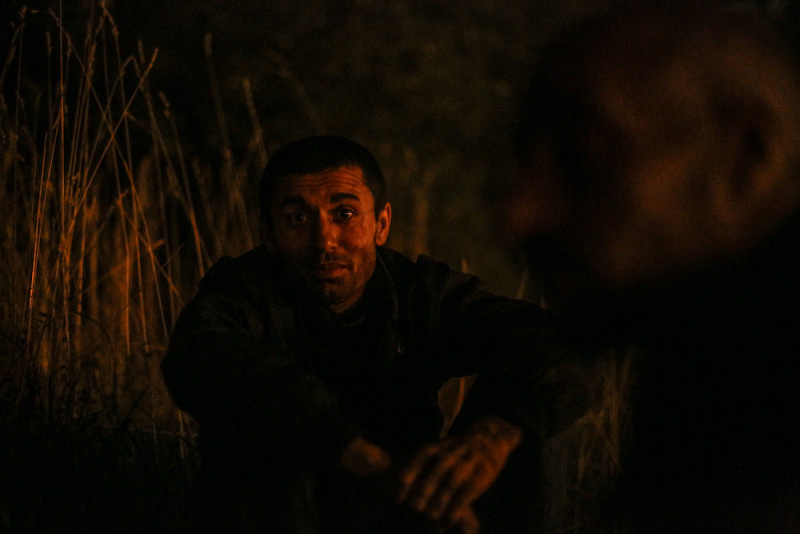
Even the successful journeys are extremely risky. The Pakistani M. Sh. ran from Serbia through Croatia and Austria in August, few weeks before Mr. Q. He spent five days without food and water in the forests of the Croatian border zone waiting the chance to get enter Austria. His final target is the United Kingdom, in last three months he reached Belgium coming from Serbia.
Both of them are convinced that there is no real possibility of protection in Eastern Europe, even for those who are ready to settle there. Bad refugee care conditions in Serbia, hostile environment and anti-refugee politics in Hungary, bureaucracy and unprepared institutional background in Romania: corruption alongside the Eastern-European refugee routes. Western Europe and the UK is not an expressly wanted option for those who are coming from Eastern part of Europe. For the newcomers there is almost no other option. They are pushed in a way from East to West and from the West to East – as it happened in fatal case of the deported Bohran Chema.
***
This article was written with the professional help of Media Diversity Institute, London. Special thanks to Mike Jempson. We will continue soon our report series on Eastern European refugee routes and politics with a report about the Romanian detention centres.
